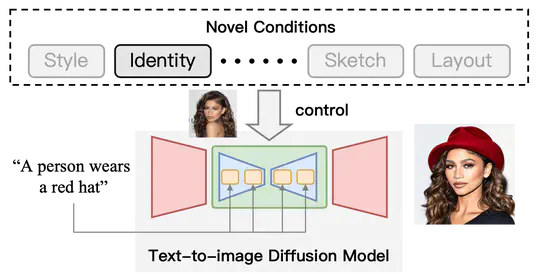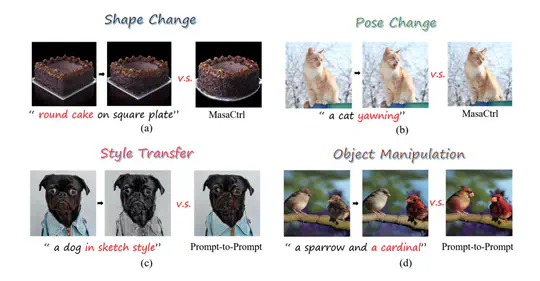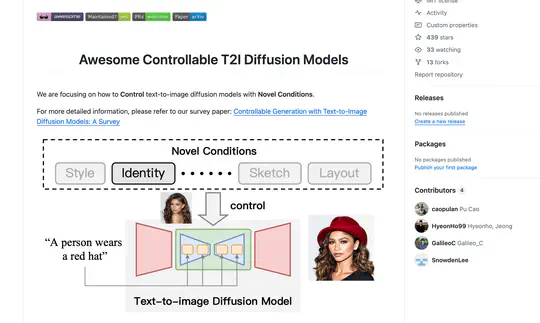Biography
Pu Cao is a second-year Ph.D. student studying at Beijing University of Posts and Telecommunications (BUPT) under the supervision of Prof. Qing Song and Dr. Lu Yang. He is now interested in Computer Vision and am currently working on Image Synthesis.
Interests
- Image Synthesis
- Multimodal Large Language Models
- Visual Representation
- Image Detection/Segmentation
- Computer Vision
Education
PhD in Artificial Intelligence, 2022
Beijing University of Posts and Telecommunications
BSc in Information and Computational Science, 2018
University of Science and Technology Beijing
Publications
*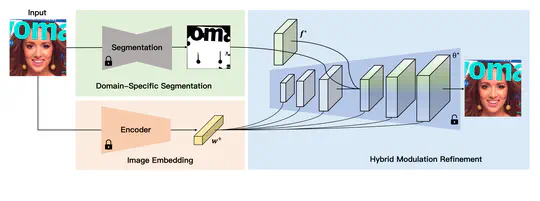
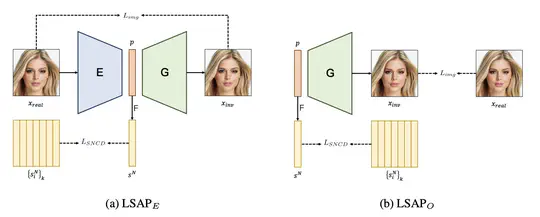
What Decreases Editing Capability? Domain-Specific Hybrid Refinement for Improved GAN Inversion
WACV 2024.Editing capability decreases ineivitably in previous refinement methods, (e.g., PTI, HFGI, and SAM). In this work, we explore the idea of “divide and conquer” to address this problem. We combine two mainstream refinement mechanisms (i.e., weight ande feature modulation) and achieve extroadinary inversion and editing results.

LSAP: Rethinking Inversion Fidelity, Perception and Editability in GAN Latent Space
arXiv 2022.We analyse the resources of “Fidelity, Perception, and Editability” in inversion task and point out that the keypoint is disalignment between inverse latent codes and synthetic distribution. We then propose a simple but efficient and uniform solution in both optimization-based and encoder-based methods.

Projects
A Diffusion training toolbox based on diffusers and existing SOTA methods, including Dreambooth, Texual Inversion, LoRA, Custom Diffusion, XTI, ….
A collection of resources on controllable generation with text-to-image diffusion models.
A GAN inversion toolbox based on PyTorch library. We design a unified pipeline for inversion methods and conduct a comprehensive benchmark.
Service
- TPAMI
- TMM
- TNNLS
- TCSVT
- WACV (2024, 2025)
- ECCV (2024)
Contact
- caopu@bupt.edu.cn
- No.10 Xitucheng Road, Haidian District, Beijing, China
